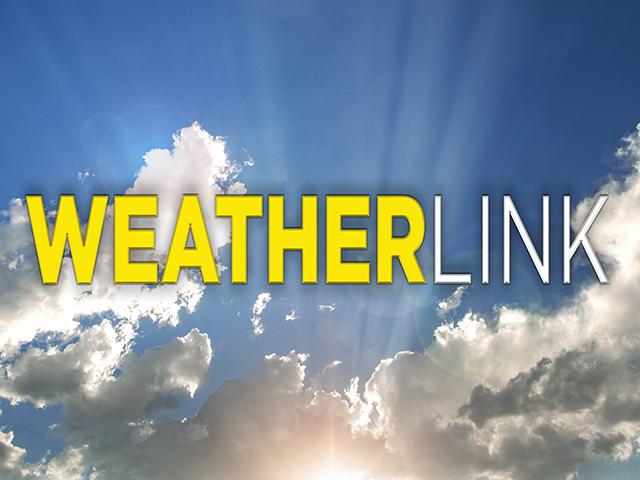Weatherlink
HRW Wheat Prospects Decline
Day by day, week by week, month by month, season after season, the sharp divide between a lack of precipitation in the western U.S. and an abundance of moisture in the eastern U.S. remains a dominant crop weather topic.
This actor has apparently not run out of lines. And, one effect of this dry west/wet east dominance is the potential for lower yields for U.S. hard red winter wheat for the second year in a row.
To get some perspective, the "water year" precipitation total can be used as an approximation for the winter wheat moisture time frame. Water year is a term the U.S. Geological Survey uses in surface water supply reports.
P[L1] D[0x0] M[300x250] OOP[F] ADUNIT[] T[]
The current water year began Oct. 1, 2021, and runs through Sept. 30, 2022. And, for the western half of the primary U.S. hard red winter wheat production areas, the first half of the 2021-22 water year (October through March) brought less than 5 inches of precipitation -- from 50 to 90% below normal.
That moisture decline becomes critical as wheat moves through its primary reproductive phases of heading and filling. Winter wheat needs a total of about 18 inches of moisture to attain a good yield, and seasonal outlooks are skeptical that total will be reached. Forecasts from the National Drought Mitigation Center point to drought either continuing or deepening in the main hard red winter wheat areas through the summer. This forecast implies that it will be too dry in the western half of the hard red winter wheat areas to support winter wheat yield.
One management practice likely to get called into use is irrigation to make up the moisture deficit. This is challenging in itself. Water from the Ogallala Aquifer is in shorter supply because of extensive pumping over the past 70 years, and the energy cost to run irrigation systems is likely higher than in previous years.
It's a good bet that the 2022 U.S. and world wheat crop will be watched, monitored and analyzed like never before -- and how the crop deals with a tough weather situation during this home stretch will certainly be scrutinized for many weeks after the combines have made their final harvest passes.
**
-- Read Bryce's weather blog at https://about.dtnpf.com/…
-- You may email Bryce at bryce.anderson@dtn.com
[PF_0522]
(c) Copyright 2022 DTN, LLC. All rights reserved.



